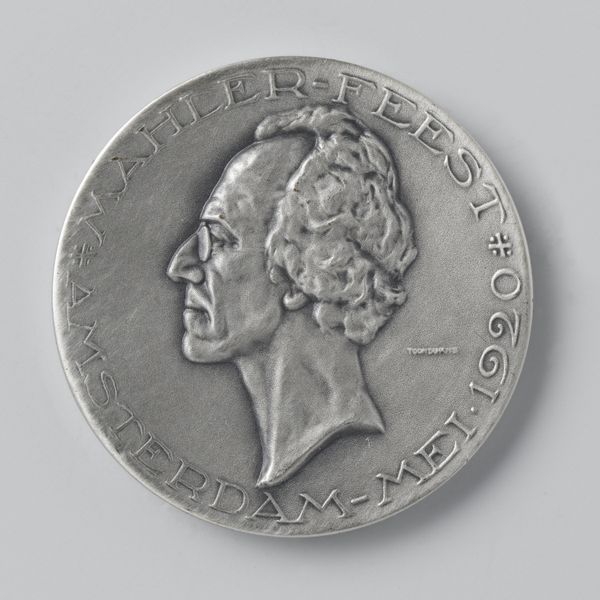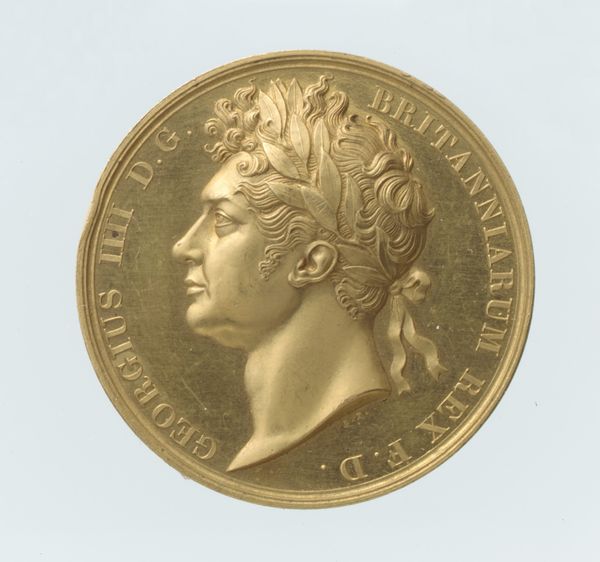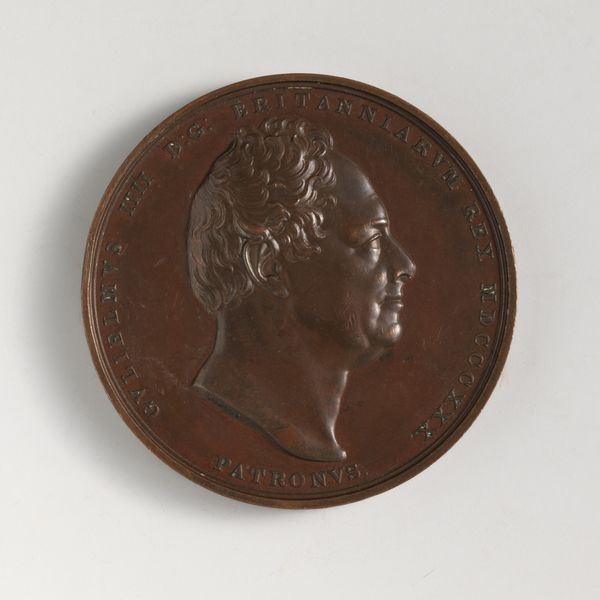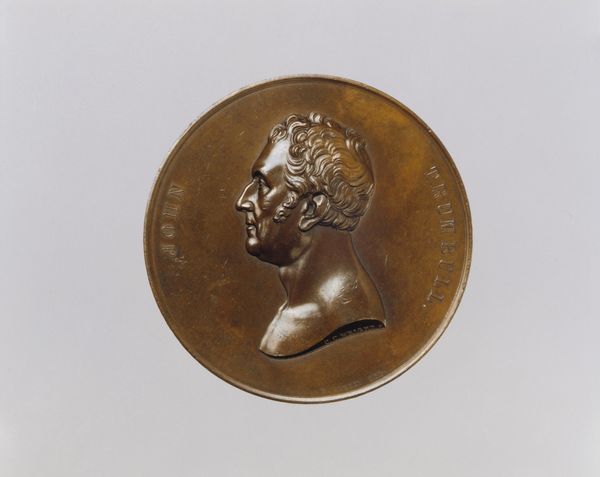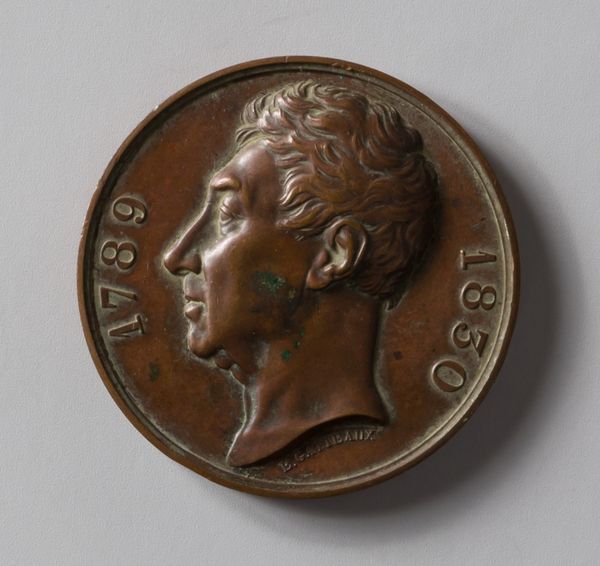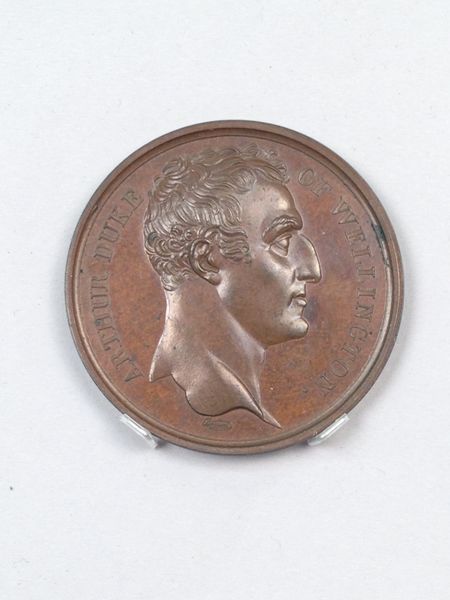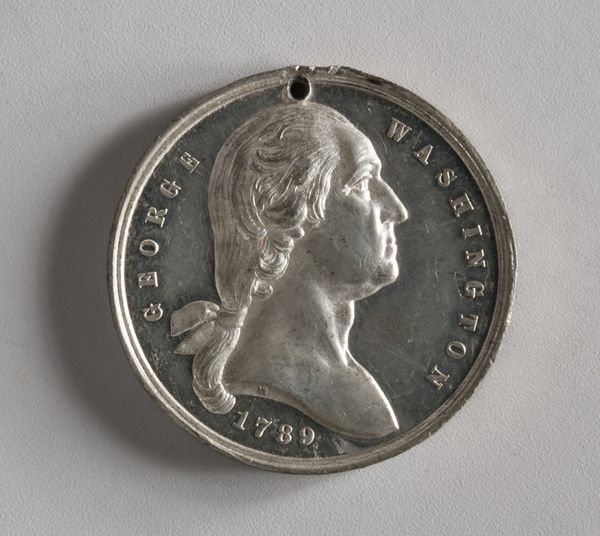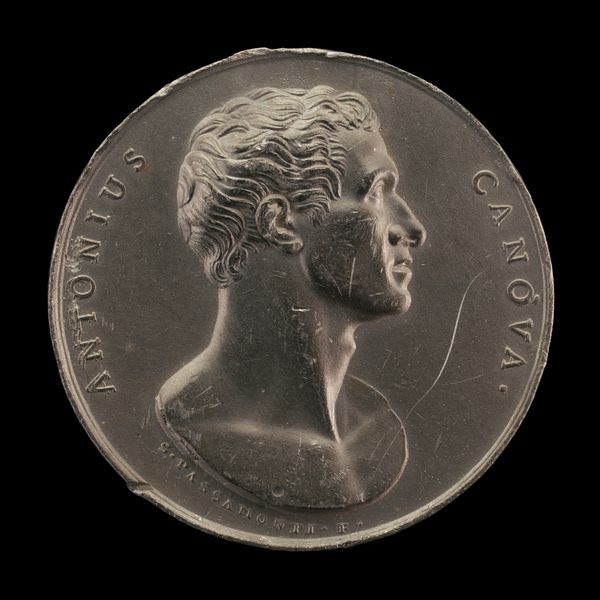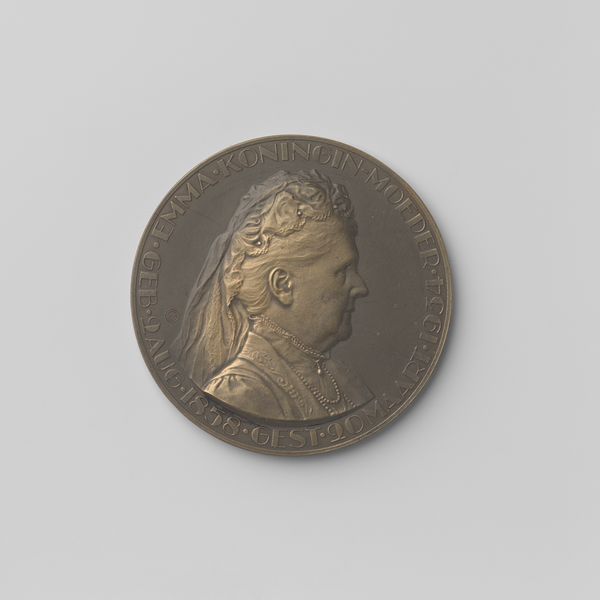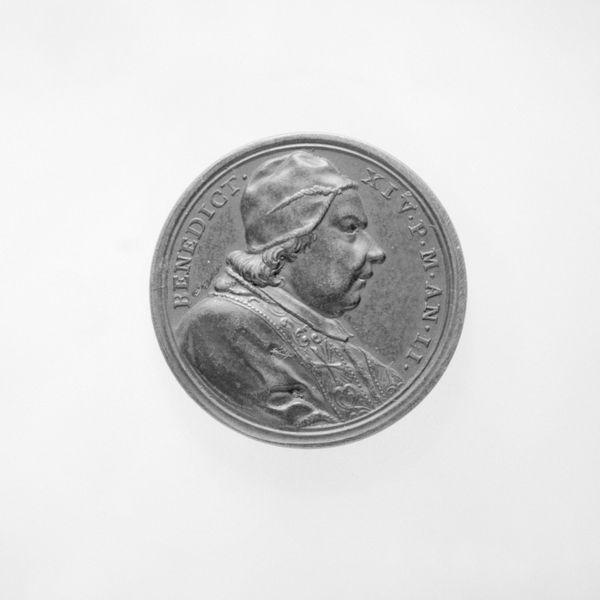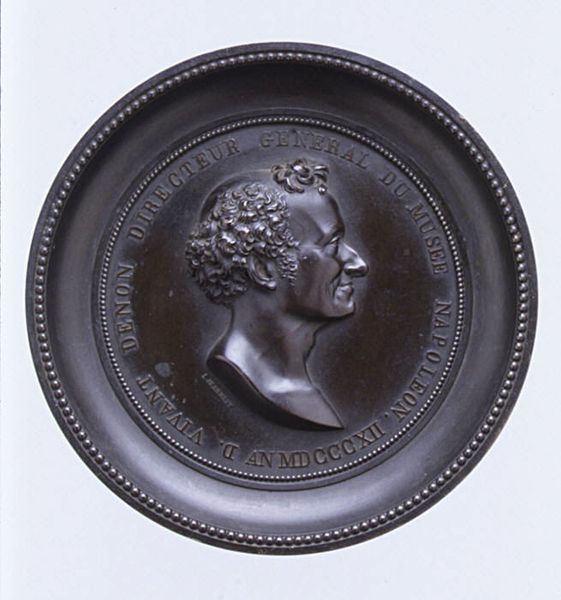
Accession of Louis-Philippe, August 9, 1830 1830
0:00
0:00
metal, sculpture, engraving
#
portrait
#
medal
#
neoclacissism
#
metal
#
sculpture
#
men
#
engraving
#
profile
Dimensions: Diameter: 2 15/16 in. (7.5 cm)
Copyright: Public Domain
Curator: Up next, we have a metal medal crafted by Alexis Joseph Depaulis, titled "Accession of Louis-Philippe, August 9, 1830," dating, of course, to 1830. Editor: Immediately striking—it feels very classical, almost Roman in its style. Bronze-toned and imposing. You know it's about power, but I wonder about its actual impact. Curator: It represents a pivotal moment. After the July Revolution, Louis-Philippe's rise signaled a shift in power, albeit within the monarchy. These objects became a form of mass communication and reinforcement of ideals. Editor: True, but who was this really for? The people who overthrew Charles X? Medals like this strike me as ways to consolidate power for the elite, projecting a certain image of stability, while perhaps masking deeper social unrest. It feels staged, deliberately composed to give Louis-Philippe a sense of legitimacy he probably needed at that time. Curator: The symbolism is intentional, drawn directly from classical imagery, intended to link him to ideals of leadership. He is depicted with a laurel wreath, emphasizing success, authority, and, in particular, a connection to an idealized Roman past that was central to legitimizing rule. Editor: A pretty face, literally. These symbols and his idealized image, although powerful, served a specific narrative, silencing alternative ones. To really get at what it represents, we need to look at who gets a voice and who doesn’t in this version of the story. Did this medal resonate with the working class of Paris who actually fought in the streets? Curator: It's difficult to say definitively, of course. However, it provides insight into the strategies employed to shape public opinion, and legitimize Louis-Philippe's ascent within particular social circles. Editor: Right. Looking at it from this perspective makes it less about aesthetics, and more about unpacking its embedded socio-political assumptions. Curator: Precisely. This reinforces the medal’s importance as an object embedded in its socio-political context. Editor: So while seemingly celebrating a moment of change, this artwork shows that change is a layered narrative of representation and power, with a history needing critical re-evaluation.
Comments
No comments
Be the first to comment and join the conversation on the ultimate creative platform.
